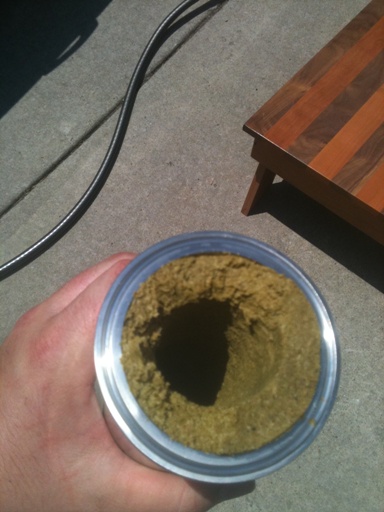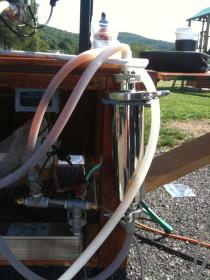amsped180
Member
Thanks!
I'm toying with getting one of these, but thinking strongly about the Blichmann HopRocket as well. Don't think I'd need both. This seems like it would probably do better at filtering, unless I filled the HopRocket with some hops - though that wouldn't be appropriate for most styles I don't think. I'd bet you could probably stuff the HopRocket with Copper of SS pot scrubber as an alternative to hops though...
TD
I was looking at the hop rocket very seriously when I found this, and I had the same thought process when it comes to style. I bet your SS scrubbie idea would work, but at the end of the day you either have to clean them, or replace them next time. It was a toss up as the price for each unit was somewhat similar and at the end of the day I feel like I prefer brewing less hoppy darker styles.









